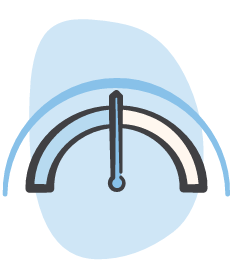













Un pansement polyvalent doté d’un adhésif siliconé doux, qui fournit un environnement de plaie humide propice à la cicatrisation d’une variété de types de plaies1-7

Pour être polyvalents dans la pratique quotidienne, les pansements hydrocellulaires doivent :
Les pansements ALLEVYN GENTLE BORDER peuvent vous aider à traiter efficacement les plaies. Il est démontré qu’ils réduisent le nombre de changements de pansements à deux fois par semaine, avec un temps d’utilisation moyen de 3,6 jours.2,4

* Jusqu’à 5 jours d’utilisation sur la zone du sacrum.
** Les propriétés antibactériennes du pansement seront compromises s’il est coupé. Toujours utiliser une technique aseptique. S’assurer que toute zone de mousse exposée est couverte par un pansement film approprié, en prenant soin de ne pas couvrir tout le pansement.
ALLEVYN GENTLE BORDER, Pansements hydrocellulaires avec adhésif de gel de silicone. Destination : Prise en charge des plaies exsudatives aiguës et chroniques ne pouvant se cicatriser que par deuxième intention, superficielles à profondes, bourgeonnantes telles que les : déchirures cutanées, plaies chirurgicales, brûlures du premier et deuxième degré, sites donneurs de greffe, escarres, ulcères de jambe, ulcères du pied diabétique, plaies infectées, plaies malignes, ulcères fongueux. Classe IIb. Pris en charge par l’assurance maladie. Organisme notifié : BSI 2797. Mandataire : Smith & Nephew Operations B.V. - Hoofddorp, Pays-Bas Veuillez lire attentivement les instructions figurant dans la notice d’utilisation qui accompagne ces dispositifs médicaux. Mai 2023